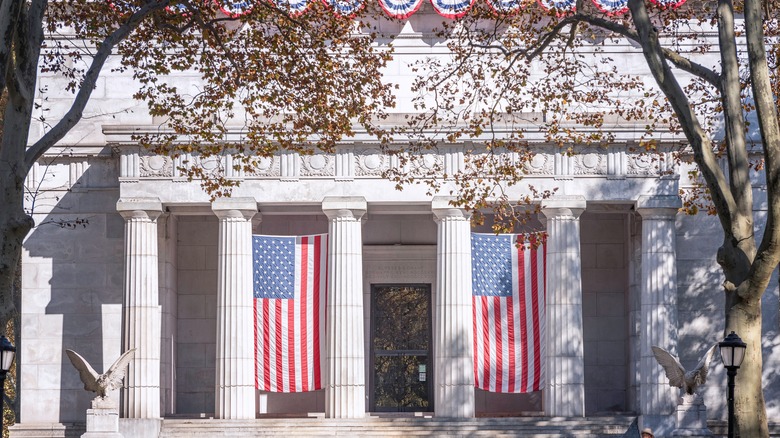A Journey Through the History and Beauty of the General Grant National Memorial
New York City is a city that never sleeps, but it also offers countless moments of reflection, beauty, and historical significance. For those who are captivated by the past, the General Grant National Memorial stands as a remarkable testament to one of America’s most influential leaders. Located in Morningside Heights, this iconic site is more than just a mausoleum—it’s a place where history, architecture, and artistry come together.
The memorial is the final resting place of Ulysses S. Grant, a Civil War general and later president who played a crucial role in ending the devastating conflict that tore the nation apart. Known colloquially as “Grant’s Tomb,” the structure is a striking example of classical European design, featuring a grand dome supported by a ring of ionic columns. Rising 150 feet into the sky, it is the largest mausoleum in North America and a symbol of the people’s gratitude for Grant’s contributions to the country’s unity.
The construction of the tomb was a grassroots effort, with over 90,000 individuals contributing funds to create this tribute. When it was unveiled in 1897, an estimated one million people gathered in the streets to witness the dedication ceremony, highlighting the deep respect and appreciation for the man who helped rebuild the nation after the Civil War.
Designed by architect John Duncan, the memorial reflects inspiration from classical European buildings. The colonnaded entrance steps and conical dome are just some of the architectural elements that draw visitors in. On the lintel of the entrance, the presidential campaign slogan “Let us have peace” is inscribed, flanked by Roman allegories of victory and peace, offering a powerful reminder of the values that shaped American history.
Visitors entering the mausoleum are greeted by a stunning interior featuring coffered ceilings, swooping arches, and ornate pendentives. At the center lies the crypt, where two granite sarcophagi hold the remains of Ulysses S. Grant and his wife, Julia. Scattered throughout the space are three mosaic lunettes depicting scenes from the Civil War, adding a visual narrative to the history surrounding the site.
Descending further into the crypt, visitors can explore a collection of artifacts, including replica battle flags and wall maps that mark key Civil War battlefields. Red stars highlight battles involving Grant, providing a visual guide to his military achievements. The centerpiece of the crypt is Grant’s massive sarcophagus, surrounded by bronze busts of his fellow generals, creating a truly awe-inspiring experience.
For those looking to extend their visit, the surrounding area offers several attractions worth exploring. Just a short walk away is Sakura Park, a serene green space ideal for a leisurely stroll. In the spring, the park comes alive with blooming cherry blossom trees, making it a must-visit destination. Another nearby landmark is the Cathedral of Saint John the Divine, a magnificent Gothic edifice located about a 20-minute walk south along Broadway. For art enthusiasts, the Frick Collection on East 70th Street is a short cab ride away, offering an intimate look at a renowned art collection that many consider even more impressive than the Metropolitan Museum of Art.
Whether you’re a history enthusiast or simply appreciate the beauty of classical architecture, the General Grant National Memorial provides a unique and unforgettable experience. It serves as a reminder of the past while standing as a beacon of the enduring legacy of one of America’s greatest leaders.



